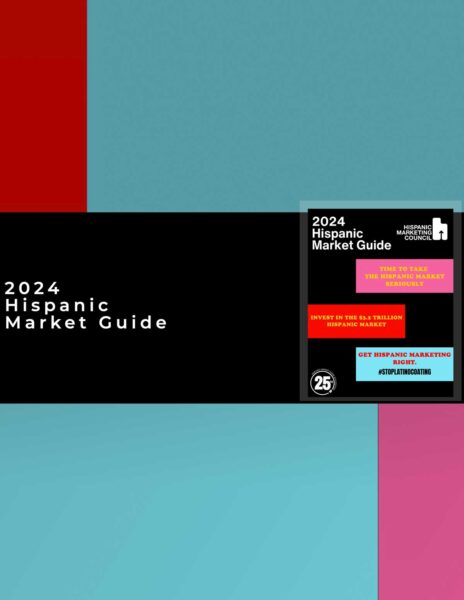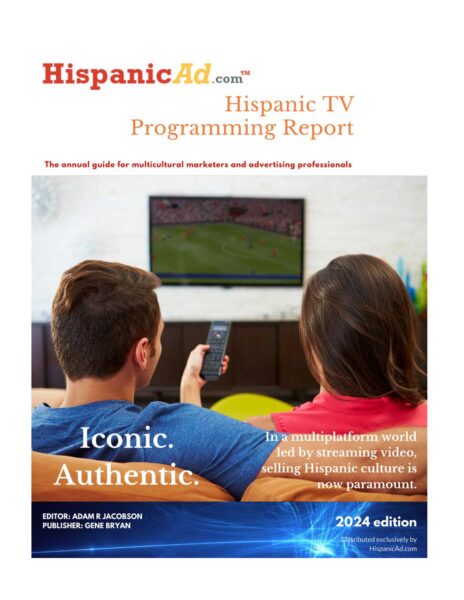Knowing your Healthcare Consumers in the Hispanic Community.
August 25, 2012
By: Liz Sanderson, Vice President, Brand Solutions at Univision Communications Inc.
Last week, the Consumer Healthcare Products Association (CHPA) held its annual Market Exchange, bringing together executives in the industry for two days of face-to-face meetings and relationship building. I was invited to participate on the “Path to Purchase” panel along with Jennifer Moyer, vice president of Marketing at Insights Pharmaceuticals; Larry Levin, executive vice president of Consumer Insights at SymphonyIRI; Mike Merna, director of Shopper Marketing at Pfizer; and Audrey Siegel, director of Client Services at TargetCast.
Steve Palmisano, founder of AdElevate and a consumer healthcare veteran, moderated a lively discussion that explored the many considerations and touch points marketers must explore when enticing a consumer to buy their product. Of course, one of the first questions marketers must answer is: “Who is my consumer?”
These days consumer healthcare brands know that Hispanics are a core consumer for their brands – according to Global Insights, Hispanics spent more than $32 billion in total healthcare purchases last year. When you focus just on the over the counter (OTC) category, that number was $2.5 billion or 12 percent of total sales.
So, we know Hispanics are spending. But these key points help illustrate just who the OTC Hispanic consumer is and how you may be able to tailor your communications accordingly.
Embrace the consumers’ Path to Purchase similarities and celebrate differences: Hispanic consumers tend to start with the home remedy approach, like “mami’s caldo de pollo” (mom’s chicken soup), hot tea with honey, spearmint leaves, etc. And when those don’t work, Hispanics head to retail. But the planning phase is different; Hispanic consumers don’t tend to focus on clipping coupons and finding the best bargains before reaching the store. They are more concerned with the shopping experience as a form of family entertainment. Fifty-four percent of Hispanics prefer to shop with children so the in-store experience becomes more important – from sensorial drivers like bright colors and attractive packaging, to “retail-tainment” opportunities.
Price tends to be less of an issue among Hispanics as they place a greater focus on value: There’s a popular saying in Spanish – “lo barato sale caro” (what starts cheap, ends up expensive) – that rings true for Hispanic consumers. Forty-four percent of Hispanic adults claim they will pay just about anything when it concerns their health versus 33 percent of non-Hispanics. Furthermore, Hispanics tend to be trusting consumers and that trust extends to brand names.
Connecting with Hispanics “in culture” is equally important for OTC messages: You shouldn’t assume that a translated version of your creative will work for Hispanics if you didn’t start with a universal insight that resonates. When you truly understand what drives your Hispanic consumer – family, food, music, soccer, etc. – you’ll be able to develop culturally relevant messages that act like a mental handshake between your brand and your end consumer. Many times these messages can be achieved by just slight nuances in your English-language execution.
Media plays a bigger role for Hispanics, and they tend take action as a result: The healthcare media landscape for this consumer is much less cluttered. According to AdViews, only 6 percent of over the counter television ad dollars went to Spanish-language TV last year so awareness levels tend to be much lower. Marketers should consider an educational component to their messages to improve healthcare literacy.
Interest in healthcare information online and via mobile is on the rise: We know from a project we did earlier this year with our friends at Google that, from 2006 to 2011, queries for the word “salud” increased 272 percent compared to just a 29 percent increase in the word “health” over the same time period. We also know that Hispanics were twice as likely to say they were interested in receiving text health messages as non-Hispanic whites (64 percent vs. 30 percent), and are significantly more likely to look up health info on their cell phones (25 percent vs. 15 percent). All signs point to the fact that Hispanics will play significant roles as brand ambassadors with social media and technology advancements.






























